The world is full of amazing measurement tools. Some you might not even think about even though they are all around you.
Our list covers everything from common length measuring equipment to super expensive devices that use lasers to calculate distance and everything in between. If you need to size up something in your life, then check out the comprehensive list below.
Table of Contents
ToggleHousehold length measuring tools
I got one, you got one. We all got one. These length measuring tools can be found in many homes around the world. If you are looking for something more exotic, stick around because we saved the weird stuff for last.
Ruler
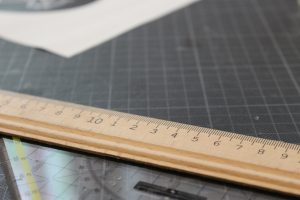
Everyone knows this one. It is one of the first measuring tools that kids learn to use in school. Most come in a 12” length.
They are made of different materials including plastic, wood, and metal. The steel rule is another name commonly used to describe a metal ruler. There are also other rulers used in certain trades which we have listed below in our Specialty Length Measuring Tools Section.
Yard stick
A preferred measuring tool for crafters and anyone working with fabrics. You’ll never guess how long this measuring tool is.
Side note: They also make an excellent wooden weapon in the event of sudden swordplay.
Folding rule
Somewhere between a ruler and a tape measure. They are not nearly as common as they were decades ago.
The folding rule has largely been replaced by your typical tape measure, but are still a favorite of many woodworkers.
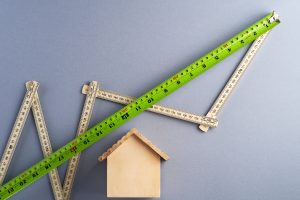
Tape measure
A common, everyday construction tool. Check your junk drawer. You probably have one already. They come with different measuring ranges. The most measuring ranges measure up to 10-30 feet.
Measuring tape
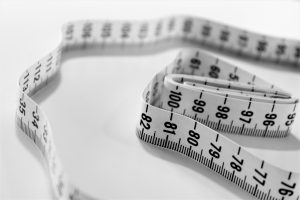
I bet we just confused the dyslexics. Measuring tapes are used for measuring body parts as well as other contoured shapes. They are used in the sewing and tailoring industries primarily.
Some call them flexible rulers instead.
Pedometer
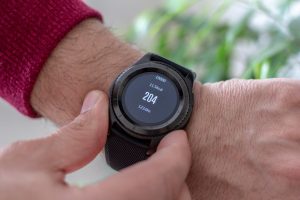
Fitness trackers such as those from Fitbit or Garmin that keep track of all the steps you take. They combine it with your stride length (based on your height) to tell you how far you traveled on foot.
Odometer
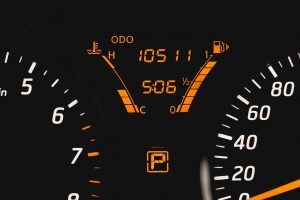
Are we there yet? Odometers measure the distance that your car has travelled. Take a short trip and figure out how far it is to the grocery store or check the total distance your car has travelled in its lifetime.
Precision length measuring tools
Not your everyday tools. These length measuring instruments measure things with extreme accuracy. Some you can find at your local Walmart while others cost so much if you want one, you’re going to need a few more full-time jobs.
Micrometer
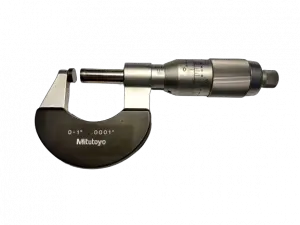
Used by machinists and mechanics alike, micrometers are extremely precise length measuring tools. They come in many different types such as inside, outside and depth micrometers. Most will measure accurately to .0001”. That’s really small.
Like a human hair divided by 30! The only catch is that most micrometers can only measure over a 1” range.
Dial caliper

Unlike micrometers, dial calipers are a little more versatile. They can’t measure as accurately but they can do more. Most calipers are capable of measuring inside, outside and depth measurements all with the same tool.
They have about 1/10 the accuracy but that is still extremely precise for most uses.
Gauge block
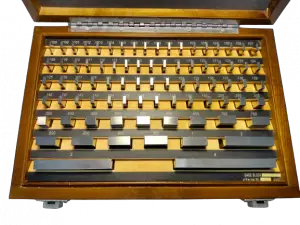
Gauge blocks are a tool used for comparison measurements of length. They get stacked up and another tool such as a test indicator is used to compare the two lengths.
They are reference standards for length measurements. Many come in stainless steel but different materials such as ceramics are available too.
Feeler/thickness gauge
They check the length of small gaps. Feeler gauges are used in engine repair and the machine trades.
The different size gages in the set get placed into the gap until there is resistance or the next size won’t fit. They get used in tight spots where other measuring devices can’t fit.
Dial indicator
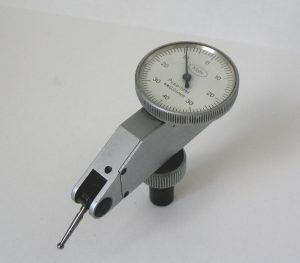
Different indicators have different measuring ranges. While they can be more accurate than a micrometer, they usually have an even smaller measuring range. They typically can only take measurements over a fraction of an inch.
They can be setup at different distances which allows them to be more versatile by taking comparison measurements relative to a standard such as the gauge blocks we just mentioned.
Pocket comparator
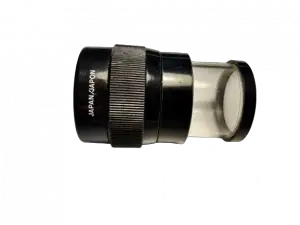
Sometimes called an eye loupe, or jeweler’s loupe, these optical measuring tools come with a reticle in the eyepiece that allows them to measure the length of small objects such as gems.
Their magnification and versatility allow them to measure a wide variety of shapes and sizes.
Dial snap gauge
These length measuring gauges allow the user to get fast, repeatable measurements of a variety of features. Typically, they will get set to zero at a desired length and then parts will be measured against the nominal desired size.
Speed is the name of the game here and this gauge does it in a snap.
Height gauge
Height gauges are used to measure distances from a reference point such as a surface plate. Not only used for heights, but the parts can also be twisted and turned to measure length, widths and depths as well.
Height gauges are a versatile tool for measuring a variety of features.
Depth gauge
This tool gets used for many different measurements. Most often they are used in woodworking to setup saws and routers. Their unique shape allows them to take measurements that would be more difficult with other tools.
Optical flat
This one only works when you have something very flat. The optical flat gets placed on the part to be measured and the light creates a pattern of interference rings that can be counted to tell you how far apart your highest and lowest point on the part are.
These can be expensive, so you probably don’t have one in your junk drawer. Or maybe you do. I don’t know how many millionaire retired optical engineers might read this.
Gauge pins
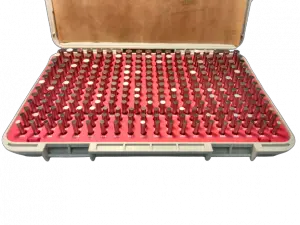
Remember Goldilocks and the three bears? Gauge pins work like that. You keep trying them until the next one doesn’t work and this way you know which one is “just right”.
It’s a game of trial and error but you usually have an idea of where to start your measurements. Gauge pins come in sets with each one having 50-250 pins on average.
Microscope
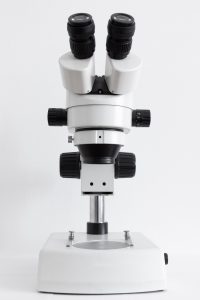
Like a less portable version of the pocket comparator. Microscopes tend to be extremely accurate. They get used for measuring small parts as well as used in scientific applications. You can expect to find them in many industries including healthcare operations, jewelry stores and machine shops.
Dial bore gauge
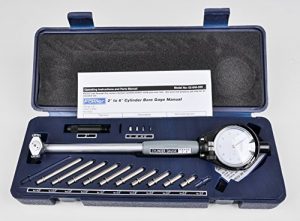
Dial bore gauges accurately measure hole sizes and other internal features. They are dial indicators with a special measuring attachment that allows them to take readings in otherwise unreachable locations
Electronic length measuring tools
Who doesn’t like electricity? These linear measuring tools consist of some of the most advanced measuring technology available.
Interferometer
They are the digital version of an optical flat. They are way more accurate and also way more expensive. It is pretty neat to measure something in waves of light but most won’t want to take a second mortgage on their home and sell their most well behaved child to be able to make it happen.
Electronic indicator
Electronic indicators work on the same measuring principle of dial indicators. Often, they are more accurate and are capable of things like switching between measuring units at the press of a button.
You can find many examples that will measure down to a millionth of an inch!
CMM
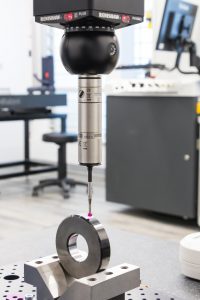
A CNC inspection machine capable of measuring length, width, thickness, and a variety of other attributes at the push of a button. An expensive and highly capable measuring tool.
Just set it up and press go. The CMM can then check dozens or even hundreds of measurements on dozens or even hundreds of parts. Because they are so automated, an experienced user can run multiple machines at once and really get some work done (aka browsing the internet on their phone).
Optical comparator
A shadow measuring machine. You place your part between the light and some lenses and presto, you get a shadow image.
The cool thing about optical comparators is that the shadow can be measured to determine all kinds of sizes such as length, width, thickness, etc.
Digital micrometer
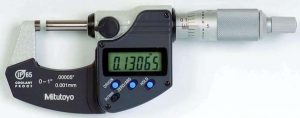
An electronic version of a normal micrometer. They come in a variety of types including digital outside and depth micrometers. Digital micrometers make it easier to read your measurements because they don’t require using the vernier scale that is used on a normal micrometer.
Digital caliper
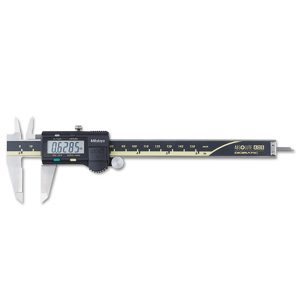
Digital calipers measure the same things as a normal caliper. Instead of a dial face or vernier scale, they have an LCD display. One nice feature is that most can switch between metric and imperial units at the push of a button. Some will even do fractions which is a nice bonus for anyone doing woodworking.
Rangefinder
A rangefinder is a distance-measuring device used to determine the distance from the user to a target.
Aim the rangefinder at a target and press a button to send an electronic pulse toward the target. The time between sending the pulse and receiving the bounce back determines the distance to the target.
Laser measuring tool
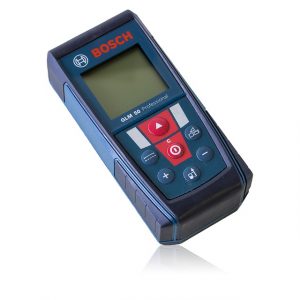
Laser measuring tools are very similar to rangefinders but are used over shorter distances where accuracy is more important. Rangefinders get used to measure distances outside and often laser measuring tools are used around the house or nearby.
GPS

GPS receivers receive signals from satellites (at least 3) and use them to calculate the GPS units exact position on Earth.
A GPS device such as your phone can also communicate with other devices, telling them where it is and how fast it’s moving. GPS can even be used to determine how far away from your house the pizza delivery driver is.
Machine vision systems
A relatively new invention, machine vision systems use cameras to measure distances and features optically. Something like an automated CNC microscope and they do it all without ever touching the things they measure.
Radar
Radar is a system that uses radio waves to detect and locate objects such as ships, aircraft, and even snowstorms. Radar can even detect, locate, and track objects through rain, snow, fog and other bad weather conditions.
Fun fact: radar is one of the most successful inventions in modern history because it has drastically reduced the number of casualties in warfare and regularly saves people from weather related disasters.
Specialty length measuring tools
Oh, I see! You’re looking for the weird stuff. Well, the tools below fit the bill. It’s easy to see why you might use a ruler or tape measure but these length measuring instruments are a little more different.
Surveyor's wheel
A great alternative to a Fitbit. Just push this measuring wheel around all day and you’ll easily know how far you have traveled. People will think your strange but just tell them you are “eccentric”.
Architects scale
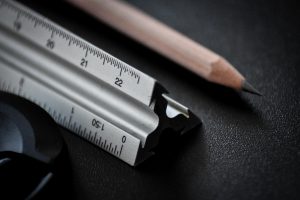
Don’t tell the architects but it’s just a fancy ruler. I bet they paid extra for the name.
An architect’s scale has more precise markings than a standard ruler and comes in a triangular shape which does something. I don’t know what, but building designers love it!
Paint thickness gauge
It’s almost like magic! A paint thickness gauge can measure the thickness of your car paint or other coatings through the use of a magnetic current. They find use in auto body shops and manufacturing facilities throughout the world.
Tire tead depth gauge
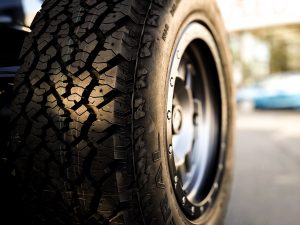
A tool used for the singular purpose of measuring how much tire tread is left. An important length if there ever was one. Stay safe and keep the length of your tire treads as long as possible to keep your grip on the road.
Pi tape
Not that kind of pie. Pi tapes are similar to a fancy measuring tape. Perfect for measuring the length around an object (circumference).
Football chains
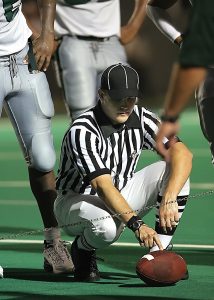
They are used for a measurement of a single length only, but they do it admirably. The first down distance of 10 yards is measured by a “chain gang” crew of officials who are tasked with keeping tabs on the location of the game ball.
Wow! Who knew there were so many length measuring tools out there in the world?
I tried to get all of the measuring instruments listed all in the same place but if I forget any, make sure to let me know by leaving a comment below. I’ll make sure to add it to the list.
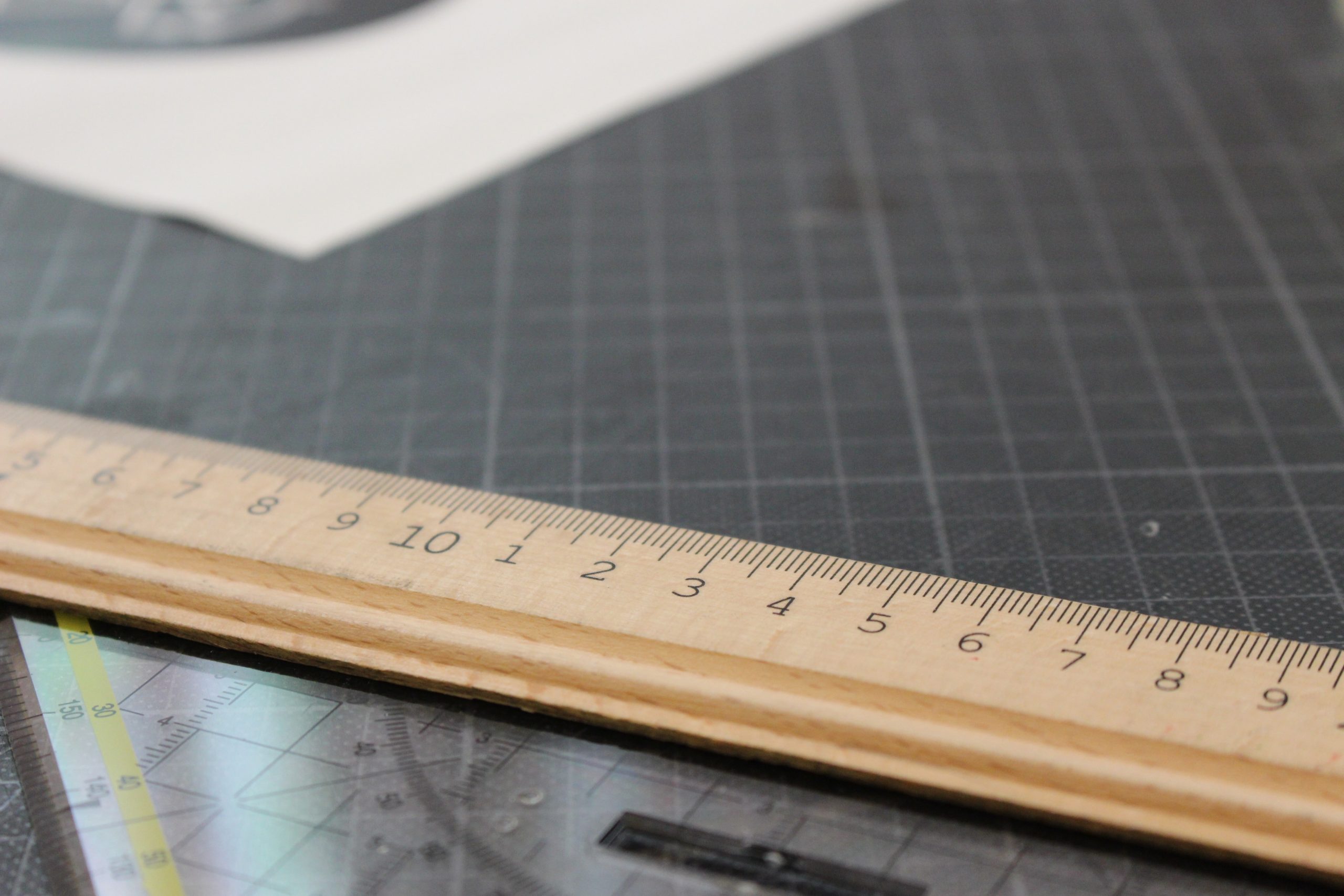

Hi.
How do I measure parts that are 40.78″ long +0″/-.06″ accurately? With what instrument?
Hi Paul,
That is a tricky question. It definitely depends somewhat on what you are trying to measure. By that I mean geometry of the part and the type of dimension (length, diameter, etc.).
A CMM would work but I am guessing that you don’t have access to one. Besides that, my initial thought would be to go with a large set of digital calipers. The problem there is that many of them stop at 40 inches and you need just over that. You could go with a 60″ version but they get pretty darn expensive.
There are also caliper extenders or extensions but I don’t know of a good source for one. They let you use a standard 6″ caliper to measure larger distances. They aren’t always the most accurate but 0.060″ is pretty wide open.